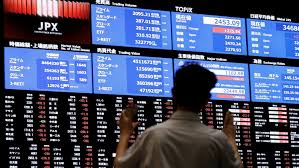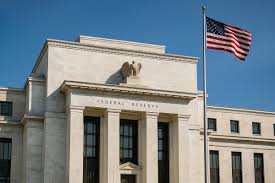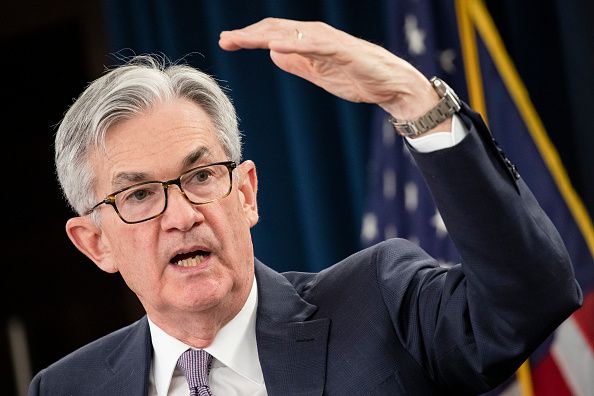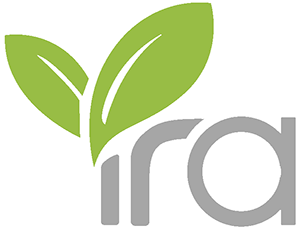
News
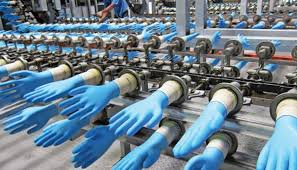
Glove majors take opportunity to reclaim margins, market share amid US-China trade war
This article first appeared in The Edge Malaysia Weekly on February 10, 2025 - February 16, 2025
THE intensifying trade war between the US and China over the past week appears to present an opportunity for Malaysian glove manufacturers to regain margin and market share lost to their Chinese counterparts in the last few years.
“We need better margins to survive, so this is an opportunity for us. In the past, Malaysian glove players collectively captured an estimated 70% share of the glove market in the US. But when Chinese players aggressively entered the US market post-Covid-19, Malaysia’s market share was reduced to about 40% to 50%. What Malaysian glove makers want is simply to regain reasonable margins to be profitable. Otherwise, it is very hard for them to survive,” Top Glove Corp Bhd (KL:TOPGLOV) managing director Lim Cheong Guan tells The Edge.
Starting Feb 4, US President Donald Trump’s administration has imposed an additional 10% tariff on Chinese imports including rubber gloves. In retaliation, China announced 15% tariffs on US coal and liquefied natural gas products, as well as a 10% tariff on crude oil, agricultural machinery and large-engine cars imported from the US effective Feb 10.
The tit-for-tat actions follow the announcement by Trump’s predecessor Joe Biden’s administration on Sept 13 last year that the levy on medical and surgical rubber gloves would be increased from 7.5% to 50% on Jan 1 this year, and subsequently to 100% on Jan 1, 2026.
Prior to the earlier 50% tariff imposition by the US on Chinese rubber gloves last year, China-made gloves were selling for about US$15 (RM66) per carton (containing 1,000 pieces), a figure that soon reached US$17. The latest imposition of an additional 10% tariff is estimated to raise the average selling price (ASP) of Chinese gloves further to US$25.60 per carton. In comparison, Malaysian gloves, which were sold at the US$17 to US$18 range per carton prior to the 50% tariff imposition, are currently priced at US$20 to US$21 per carton.
Cheong Guan offers a window into the cost challenges that glove makers face. He says pre-pandemic, Top Glove was enjoying gross margins of between 15% and 20%, but that this figure has since dwindled to low single digits post-pandemic and is now trailing in the low teens.
The tariff hike announcement by the US on Sept 13, 2024, led Malaysian glove majors to experience a surge in their stock prices, with shares of Top Glove rising 23% to RM1.07, Hartalega Holdings Bhd (KL:HARTA) surging 30% to RM3.14, Supermax Corp Bhd (KL:SUPERMX) up 18% to 93 sen and Kossan Rubber Industries Bhd (KL:KOSSAN) climbing 23% to RM2.25 in a single trading day.
In reality, there has only been a moderate increase in free-on-board (FOB) glove prices from Asia; in fact, there never was a price surge as perceived, several glove players tell The Edge.
Careplus Group Bhd (KL:CAREPLS) group CEO Lim Kwee Shyan says: “The price for standard exam nitrile gloves was as low as US$16 per 1,000 pieces not long ago, and it is a very challenging price to commit to. At least now it has risen to about US$19 to US$20. Hopefully, this can increase further to provide better margins. [Players] with better quality and company branding will command better pricing.”
However, not all quarters of the industry are sanguine about the prospects for better pricing.
According to an industry veteran who spoke on condition of anonymity, China manufacturers acted ahead of the 50% tariff implemented on Jan 1, shipping in advance to avoid paying the levy which has resulted in US importers now being “largely overstocked”.
“We are not going to see any price surges until the stocks deplete during the second half,” he surmises. “In addition, China manufacturers have been turning to non-US markets since December and January, depressing and dumping products at super low prices. This has disrupted the non-US market prices. It will take a while for demand to rebound.”
Stiff competition, rising cost burden
Areca Capital CEO Danny Wong believes that the ASP of Malaysian gloves will “slowly rise to a reasonable level and therefore be subject to market demand and supply”.
“This leaves Malaysian gloves with a gap of US$4 to US$5; that’s 20% room [for price growth]. Apart from ASP, trade diversion will push volumes higher. All these will benefit the bottom lines of Malaysian exporters without much increase in cost,” he adds.
The rising cost burden, in the form of the upcoming implementation of the multi-tier levy mechanism (MTLM) on foreign workers, coupled with the recent minimum wage hike to RM1,700 from RM1,500 effective this month as well as higher gas prices, exacerbates an already challenging landscape and puts a further squeeze on the bottom lines of glove makers.
In addition, Kossan founder, group managing director and CEO Tan Sri Lim Kuang Sia warns against competition from Indonesian and Thai peers, which are also looking to capitalise on the tariff moves.
The US is the manufacturer’s largest export market, at more than 60%.
Outside of the US, he says Chinese players have been very aggressive although the number of Chinese glove makers in the global glove market has dropped compared to previously.
Kuang Sia expects global demand for gloves to be stagnant this year, at around the “300-billion-piece level similar to the 2024 levels”, in anticipation of a slowdown in the global economy, coupled with uncertainties under the Trump administration.
For Kossan, Kuang Sia notes that the focus will be on upgrading its automation and digitalisation amid the rise in labour costs as a result of higher minimum wages and the proposed 2% Employees Provident Fund contribution for foreign workers.
“We must be competitive. Labour costs remain one of the key challenges and we must do away with this,” he adds.
Despite the higher cost pressures, Kuang Sia assures that these will be mitigated by increased selling prices for gloves exported to the US and that the overall operating cost is expected to be manageable this year.
For the first nine months of 2024, Kossan reported a jump of nearly 600% in net profit to RM92.33 million versus RM13.42 million in the previous corresponding period, driven by higher sales volume and improved production efficiency.
Similarly, Top Glove has seen business improve in the last six to nine months now that customers who overpurchased during the height of the pandemic in 2020 will need to replenish their stocks or replace expired gloves.
In the fourth quarter ended Aug 31, 2024 (4QFY2024), Top Glove posted a 91% year-on-year increase in sales volume. It expects this positive trend to continue as demand from the US grows due to the supply gap created by the higher tariffs on Chinese gloves. The company posted a net loss of RM3.57 million — a sharp reduction from the RM461.73 million loss in the same period a year ago — buoyed by a 91% increase in sales volume and gains from a land sale in China.
With the US prioritising domestic and non-Chinese suppliers, the prospects for Malaysian glove makers are brighter, Top Glove’s Cheong Guan says.
In a Dec 6, 2024 report, Phillip Capital Research said it expected Chinese glove makers to shift their focus to European markets, benefiting Hartalega as it allows the player to capture a large share of the US market.
“[Hartalega] expects the third quarter of FY2025 to record a higher sales volume of seven billion compared with 6.8 billion in the preceding quarter, buoyed by stronger customer demand,” the research house said.
Supermax’s US presence offers some respite
Meanwhile, Supermax has made inroads into the US to supply gloves as a US domestic player with the establishment of its first American manufacturing facility in Texas, under its wholly owned subsidiary Maxter Healthcare Inc, which commenced testing and commissioning of its first batch of production lines in December last year and commercialisation of glove production in January.
“When the imposition of tariffs by the US is intensified and the circumvention of tariffs is under control, any market rebound in 2H2025 and more US demand would turn to US domestic manufacturers and suppliers.
“Effective 12.01am on Jan 1, 2026, the tariff on China-made gloves would be 100% plus 10%. This will further prompt American buyers to source for US domestic glove manufacturers instead of [relying on] foreign imports,” a Supermax spokesman tells The Edge.
The spokesman adds that as the US market accounts for 30% to 35% of global glove demand, capacity increases or any expansion by local players will take time to achieve the desired capacity.
“Therefore, the real excitement would be in 2026 when all overstocked positions in the US domestic market are depleted by 2H2025, when the 100% plus 10% tariffs are effectively enforced on Jan 1, 2026, and when the circumvention and transshipment of China-made gloves via third countries are effectively curbed,” the spokesman says.
Read more at The Edge Markets
Reference : The Edge Markets
Latest News
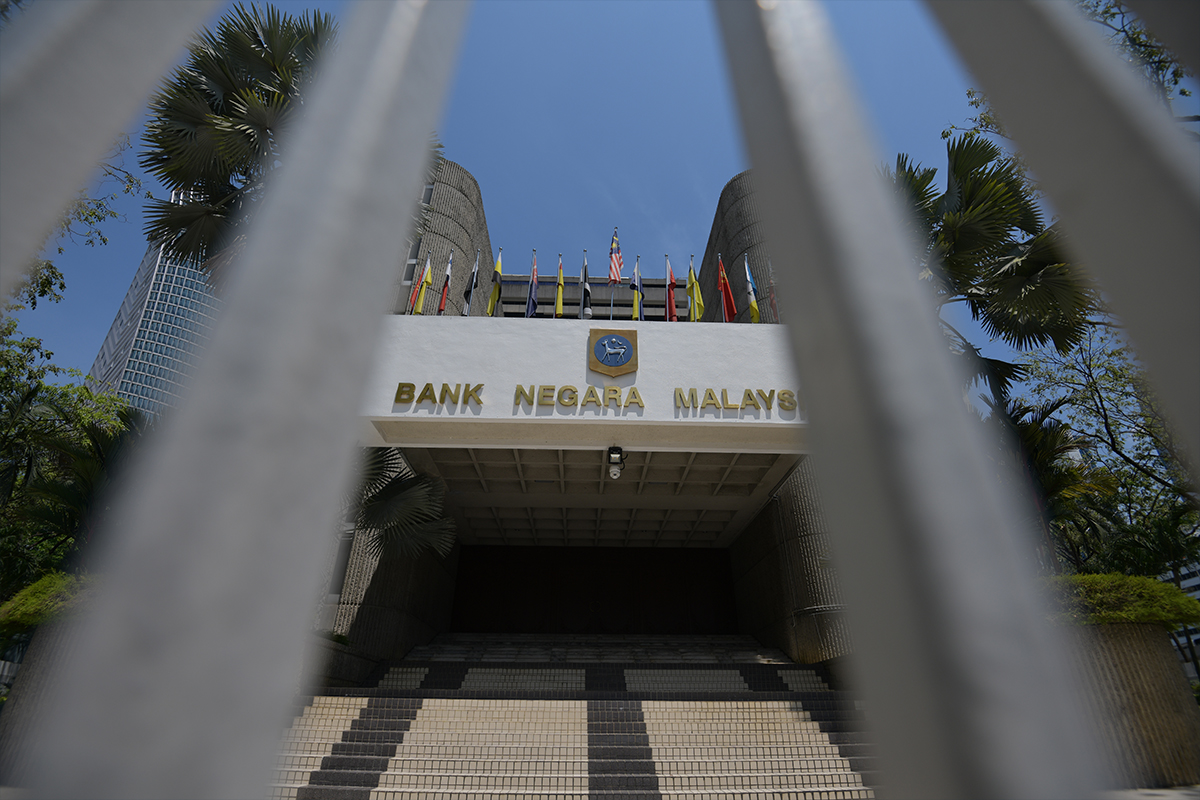
INTERNATIONAL RUBBER ASSOCIATION
SECRETARIAT
THE THAI RUBBER ASSOCIATION
45, 47 Chotivithayakul 3 Road, Hatyai, Songkhla 90110, Thailand
+66 74 429311, +66 74 429011-2
+66 74 429312
secretariat@irainfo.org

